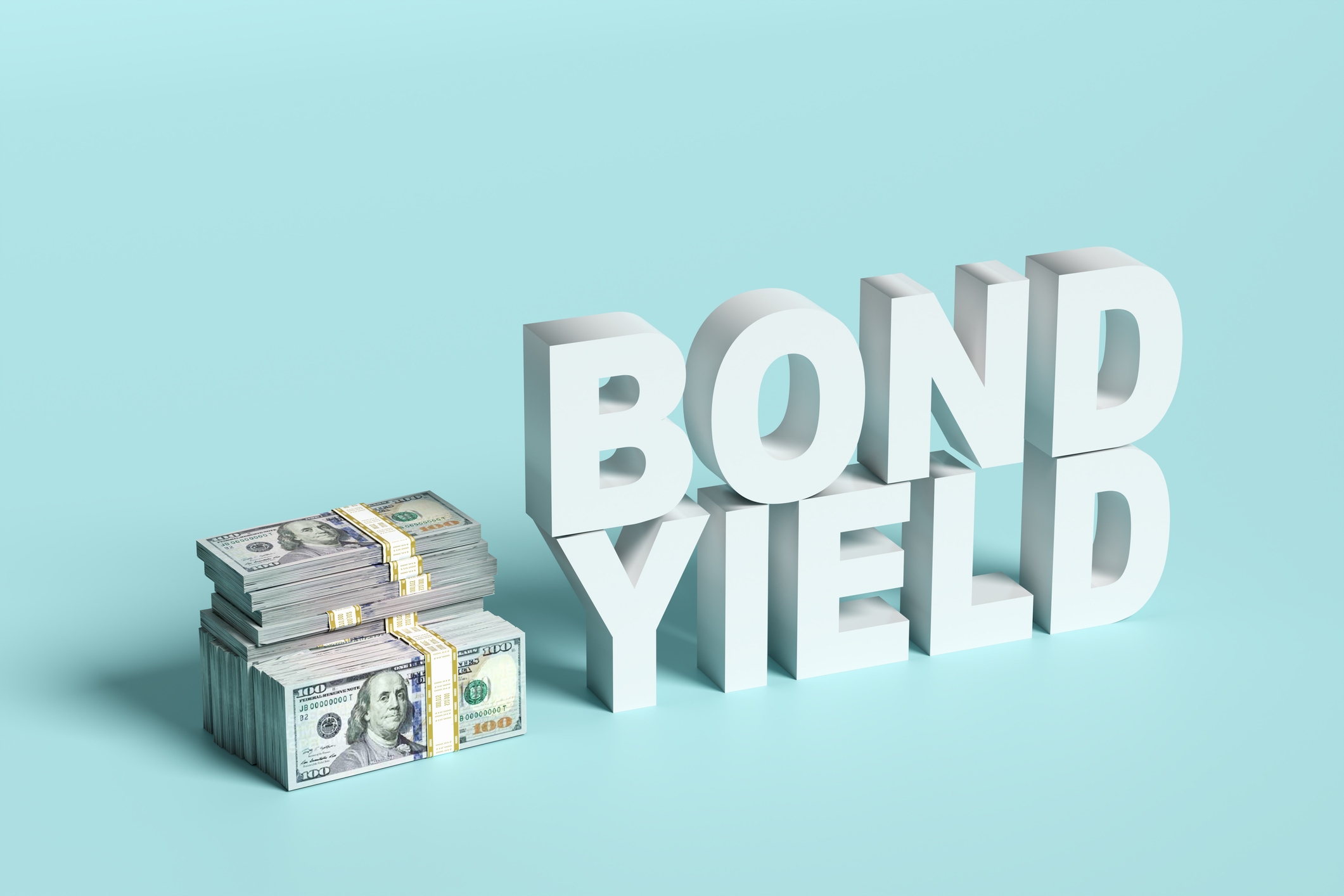Inheritance tax bills exceed £500,000 for almost 10% of estates
Thousands of estates have had to pay a six figure inheritance tax bill – and the issue looks set to worsen.


Nearly one in ten estates liable for inheritance tax were given a bill of £500,000 or more in the 2021 to 2022 tax year, the latest available data shows.
A total 27,850 estates paid inheritance tax in 2021/22, of which more than 2,520 (9%) faced a tax bill of at least £500,000. Of these 2,520, 890 estates were liable for more than £1 million in tax.
The data, which was obtained by a Freedom of Information request sent to HMRC by wealth and asset management firm Rathbones, shows the total number of estates liable to pay over £500,000 in inheritance tax has risen by 29% since the 2018/19 tax year.
MoneyWeek
Subscribe to MoneyWeek today and get your first six magazine issues absolutely FREE

Sign up to Money Morning
Don't miss the latest investment and personal finances news, market analysis, plus money-saving tips with our free twice-daily newsletter
Don't miss the latest investment and personal finances news, market analysis, plus money-saving tips with our free twice-daily newsletter
If this trend continues, Rathbones estimates that 3,524 estates will have to pay over £500,000 in inheritance by the end of the current 2025/26 tax year, based on an average increase of 8.74%.
Earlier this year, HMRC reported that inheritance tax receipts surged by 10% in the 2024/25 tax year, totalling £8.2 billion – the highest haul ever recorded.
The table below shows how much estates had to pay in inheritance tax from 2018 to 2022.
Inheritance tax due | 2018-19 | 2019-20 | 2020-21 | 2021-22 |
< £100,000 | 11,710 | 12,250 | 14,210 | 14,520 |
£100,000 – £249,999 | 5,670 | 5,830 | 6,890 | 7,270 |
£250,000 – £499,999 | 2,810 | 2,930 | 3,490 | 3,540 |
£500,000 – £999,999 | 1,280 | 1,290 | 1,520 | 1,630 |
£1 million+ | 680 | 730 | 870 | 890 |
Total | 22,150 | 23,030 | 26,980 | 27,850 |
Source: HMRC
Rebecca Williams, divisional lead of financial planning at Rathbones, said she expects more and more people be “caught out by IHT charges, despite the availability of gifting allowances and the seven-year rule”.
She added: “The deep freeze on both the main nil-rate band and the residence nil-rate band, unchanged since 2009 and 2017 respectively, has led to a creeping form of fiscal drag.”
Williams said the steady rise in house prices and asset values means more estates are being taken above the inheritance tax threshold just because thresholds have not kept pace with inflation.
While the ballooning number of high inheritance tax bills is set to continue thanks to inflation and frozen tax brackets, the total number of people who face a tax bill of half a million pounds or more could dramatically increase in the coming years.
From April 2027 onwards, pensions will be included within the value of your estate when you die, meaning estate values are expected to dramatically increase.
Rathbones expects that thousands more estates will face new or increased inheritance tax liabilities by 2030 because of this.
Williams said the heightened inheritance tax risk from pensions means it is “increasingly vital for families to engage in effective financial planning”.
“Without proactive steps, more estates will find themselves facing IHT bills they might not have anticipated,” she warned.
How to drive down your inheritance tax bill
The nil-rate band, the threshold below which your estate does not incur inheritance tax, in the UK is £325,000, meaning if your estate is worth less than this, you can pass it down tax-free.
Additionally, the residential nil-rate band adds an extra £175,000 to the nil rate band if you leave your house to your direct descendants, meaning you could leave a home worth up to £500,000 without incurring inheritance tax..
This can be further increased to £1 million if you and your spouse leave your estates to one another.
With an increasingly high risk that families will have to pay a high amount of inheritance tax on estates, it could be worth finding out what you can do to lower the tax burden or avoid inheritance tax altogether. This could include maximising your gift allowances.
For instance, you can give up to £3,000 of your assets away as a gift each year without it being liable for inheritance tax, and this can increase to £6,000 if you didn’t use the allowance the previous tax year.
You are also free to make more gifts than this, but if you die within seven years of making the gift, the inheritor will be liable for paying inheritance tax. The rate tapers off depending on when you gave the gift.
MoneyWeek has a guide that outlines eight ways to reduce your inheritance tax bill.
Get the latest financial news, insights and expert analysis from our award-winning MoneyWeek team, to help you understand what really matters when it comes to your finances.
Daniel is a financial journalist at MoneyWeek, writing about personal finance, economics, property, politics, and investing.
He is passionate about translating political news and economic data into simple English, and explaining what it means for your wallet.
Daniel joined MoneyWeek in January 2025. He previously worked at The Economist in their Audience team and read history at Emmanuel College, Cambridge, specialising in the history of political thought.
In his free time, he likes reading, walking around Hampstead Heath, and cooking overambitious meals.
-
 The shape of yields to come
The shape of yields to comeCentral banks are likely to buy up short-term bonds to keep debt costs down for governments
-
 The sad decline of investment clubs – and what comes next
The sad decline of investment clubs – and what comes nextOpinion Financial regulation and rising costs are killing off investment clubs that once used to be an enjoyable hobby, says David Prosser
